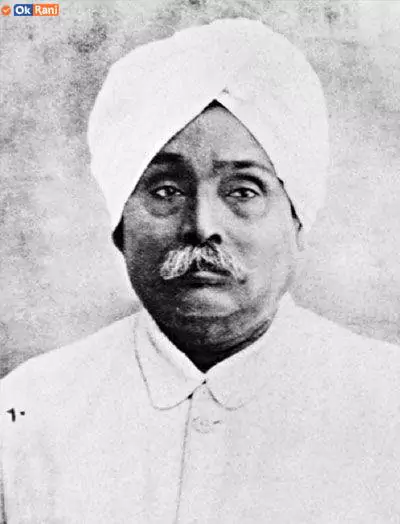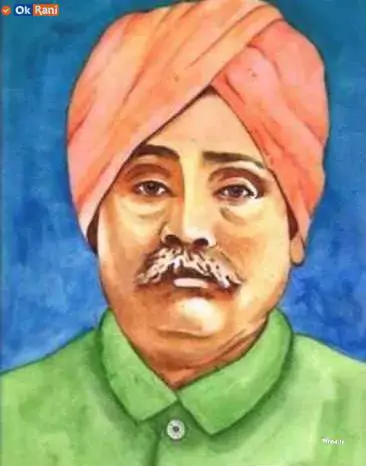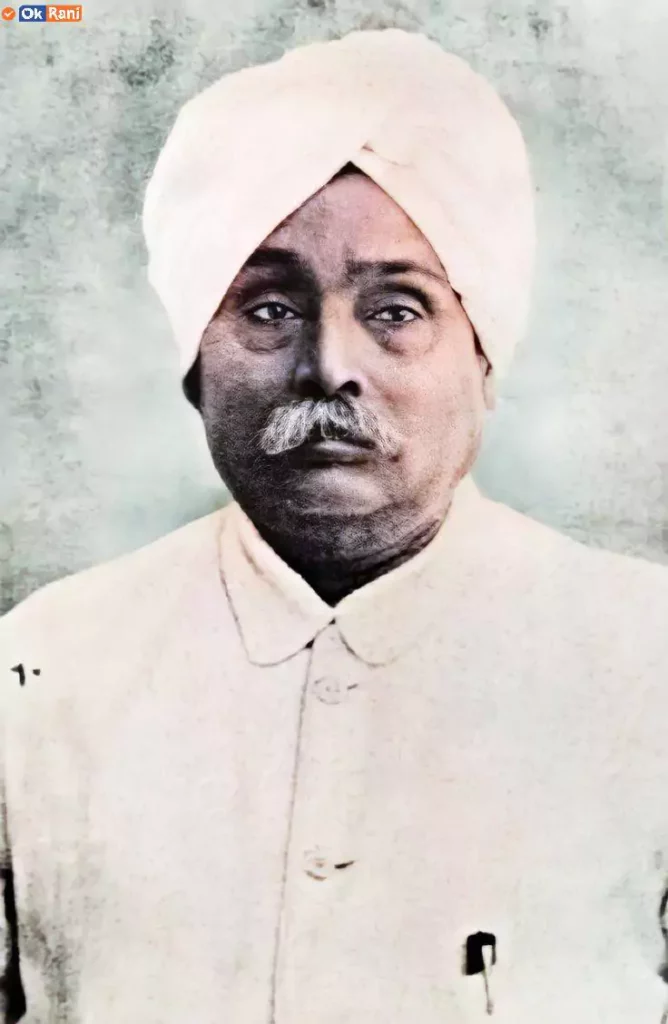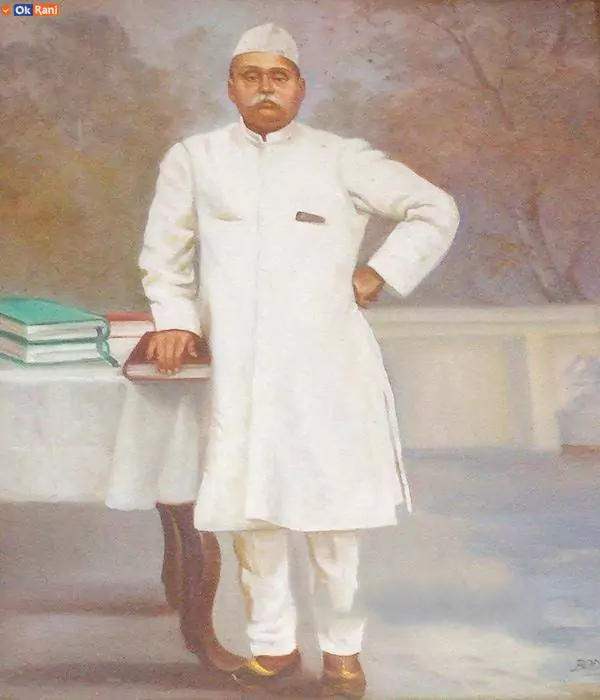Lala Lajpat Rai was an extraordinary Indian revolutionary and politician. During India’s fight for independence, there was a person known for being very brave and patriotic. Lala Lajpat Rai, also called Punjab Kesari or the Lion of Punjab. He was a key part of a powerful trio with Bal Gangadhar Tilak and Bipin Chandra Pal, known as the Lal Bal Pal group, who played a significant role in India’s struggle for freedom. The term Lala refers to honorific.
Table of Contents
Birth and Early Life:
| Born | January 28, 1865 |
| Place of Birth | Dhudike, India |
| Father | Munshi Radha Krishna Azad |
| Mother | Gulab Devi |
| Spouse | Radha Devi |
| Children | Amrit Rai, Pyarelal, Parvati |
| Education | Government Higher Secondary School |
Political Engagements:
| Political Association | Indian National Congress, Arya Samaj |
| Political Ideology | Nationalism, Liberalism |
| Movement | Indian Independence Movement |
Publications:
| In 1908 | The Story of My Deportation |
| In 1915 | Arya Samaj |
| In 1916 | The United States of America: A Hindu’s Impressions |
| In 1916 | Young India |
| In 1917 | England’s Debt to India: India |
Death:
| Death Date | November 17, 1928 |
| Place of Death | Lahore (now in Pakistan) |
Early Life
Lala Lajpat Rai was born on 28 January 1865, in Dhudike village, Moga District, Lala Lajpat Rai’s upbringing was steeped in high moral standards. His father, Munshi Radha Krishna Azad, was a respected teacher proficient in Persian and Urdu, while his devout mother, Gulab Devi Aggarwal, instilled strong religious convictions in him. He spent more time in Jagraon city. Lala Lajpat Rai built the first educational institute in Jagraon.
Education
Lala Lajpat Rai’s educational journey started at the Government Higher Secondary School in Rewari. Later, he pursued law at the Government College in Lahore, where he met his fellow patriots like Lala Hans Raj and Pandit Guru Dutt fueled his passion for the country’s liberation. Graduating from Government College, he embarked on a legal career in Hisar, Haryana, nurturing a deep-seated desire to free India from foreign rule.
Personal Life
Rai’s family played a significant role in his life. His father, Munshi Radha Krishan Agrawal, was a teacher, and his mother, Gulab Devi Agarwal, raised him with strong moral values. In 1877, Rai married Radha Devi Agarwal, and the couple was blessed with three children: Pyarelal, Amrit Rai Agrawal, and Parvati Agrawal.
Career
Lala Lajpat Rai decided to leave his career in law because of his strong dedication to his country. He wanted to show the harsh reality of British rule to the whole world. In 1914, he went to the United Kingdom, and later to the United States in 1917. He set up the Indian Home Rule League of America in New York, becoming a voice for Indian freedom globally. At a young age, he had a keen interest in the Hindu way of life and was involved in the freedom struggle. Inspired by the religious reform ideas of Swami Dayananda Saraswati, he became a member of the Arya Samaj. Later he joined the Indian National Congress. The British government deported him to Burma for his participation in the protests in Punjab. He was allowed to return to the motherland because there was no evidence that he had acted against the government. He became the leader of the Congress Party in 1920. In 1920, Rai was chosen as the President of the Indian National Congress in West Bengal. He continued his impactful journey by starting the Servants of the People Society in Lahore in 1921, a nonprofit organization that thrived after India gained independence.
Lala Lajpat Rai Slogan
Lala Lajpat Rai made a significant impact on India’s freedom struggle. He helped establish schools and played a crucial role in creating the Punjab National Bank. His Hindu Orphan Relief Movement started in 1897, protected vulnerable children from the influence of Christian missions. Lajpat Rai led various movements, including the Indian Nationalist Movement, the Indian Independence movement with the Indian National Congress, and the Arya Samaj in Punjab. His famous slogan, “Simon Go Back”, strongly opposed the Simon Commission, showing resistance against oppressive British policies.
Writing for Patriotism
Aside from his activism, Rai used his writing skills in Hindi, Punjabi, English, and Urdu. Some notable works include “The Story of My Deportation” (1908) and “Young India: A History and Interpretation of the Nationalist Movement from Within” (1916).
Lala Lajpat Rai
On October 30, 1928, when the Simon Commission came to Lahore, Lajpat Rai led a peaceful march to oppose it. The police, under the orders of Superintendent James A. Scott, used batons to charge at the protesters, and Rai was personally attacked. Sadly, Rai never fully recovered from his injuries and passed away on November 17, 1928.
Lala Lajpat Rai Images




| Read More: Netaji Subhash Chandra Bose Biography |

